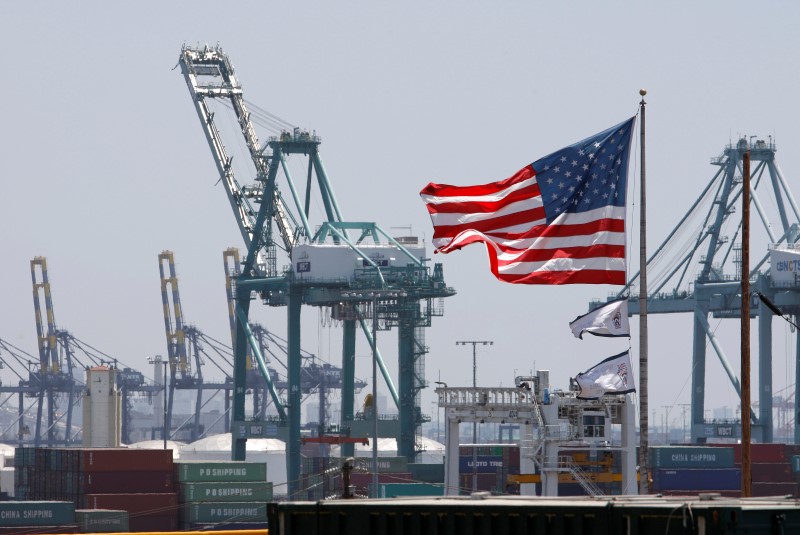Stock market today: S&P 500 hits fresh record close on stronger economic growth
Investing.com -- Bank of America sees structural strength in the US economy, driven by what it calls a “sustained pickup in labor productivity growth.”
The bank argues that the productivity cycle will be long-lived, underpinned by three key factors: increased business formation, reduced regulation, and capital deepening.
Since 2019, business applications have surged by about 37%, led by the tech sector, reversing what BofA describes as a “startup deficit” that previously dragged on productivity.
At the same time, the bank sees deregulation as a positive force, particularly for industries like Financials, where regulatory burdens have historically been high.
On the investment side, BofA highlights that the capital stock in the US is “old, inefficient and in need of refurbishment.”
After decades of dominance by tech spending, capital expenditures have broadened, driven by fiscal support, the need for data centers, aging infrastructure, and reshoring.
“These structures are now getting tooled up (equipment). The resulting expansion of the capital stock should increase the economy’s productive capacity over time,” the note states.
While artificial intelligence (AI) has been widely discussed as a potential game-changer, BofA is cautious about its immediate impact.
There is little concrete evidence of strong AI monetization, and it may take time before its impact is reflected in macroeconomic data. Recent developments related to Deepseek have introduced additional uncertainty, though US companies continue to ramp up their investments in AI.
“We don’t expect evidence of AI adoption to show up in macro data anytime soon. So, for now, it represents an upside risk to our outlook for productivity and growth,” BofA said.
The bank also sees a link between productivity cycles and stronger equity market returns. “Productivity cycles are typically accompanied by higher rates, higher nominal growth, a pickup in demand and above-average S&P 500 returns.”
The rise in hurdle rates could also limit the survival of “zombie” companies, which BofA argues have been a drag on productivity.
Looking at historical patterns, BofA suggests that the current environment resembles the 1980s and 1990s, a period marked by efficiency gains and higher real rates. The S&P 500 risk premium has declined to levels seen in that era, reinforcing the bank’s case for sustained economic momentum.
Ultimately, BofA sees productivity growth as a key driver of economic resilience. If the trend continues, the bank believes it could push US GDP growth into the 2.0-2.5% range, above most conventional estimates.
